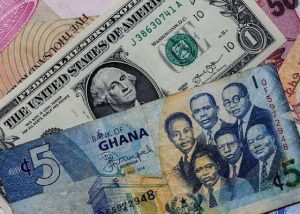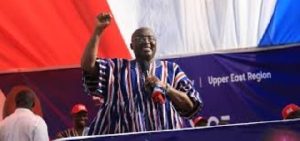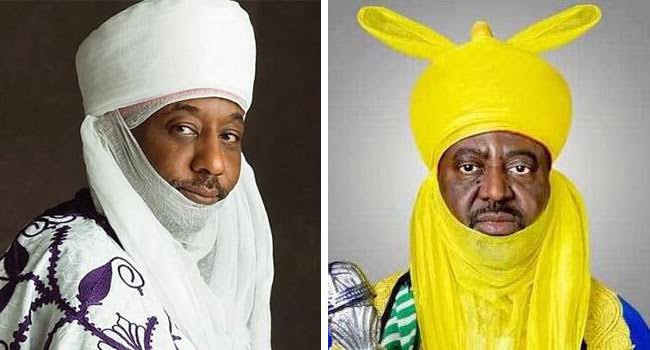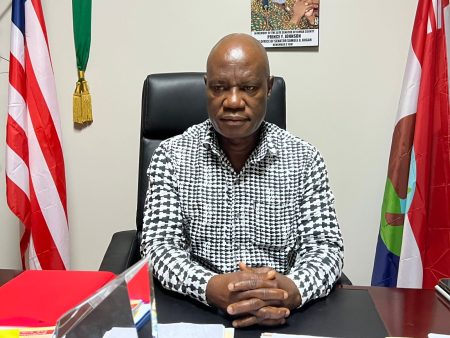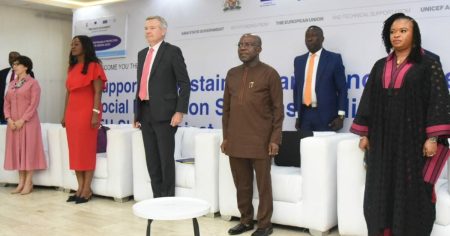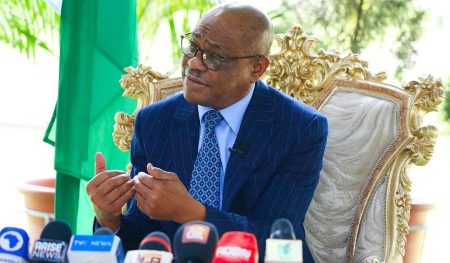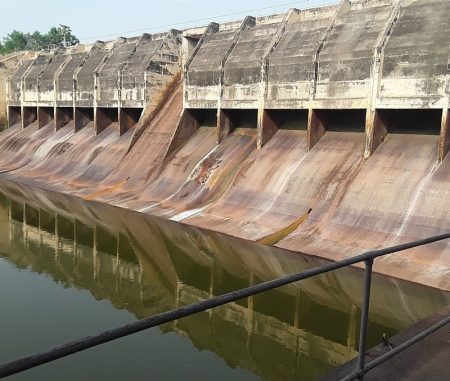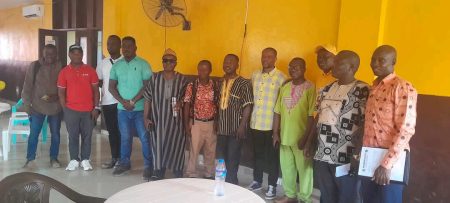The ancient city of Kano, steeped in tradition and religious observance, witnessed a divided Eid-el-Kabir celebration in 2024, marked by parallel prayer gatherings led by two claimants to the Emirate throne. The deposed Emir Muhammadu Sanusi II, a figure of reverence and controversy, drew a massive crowd of supporters to the historic Kofar Mata Eid ground, while Alhaji Aminu Ado Bayero, the government-recognized Emir, held a separate prayer service at the Nasarawa Mini Palace. This dual observance underscored the ongoing tension and complexities surrounding the Kano Emirate, a powerful institution interwoven with the political and social fabric of northern Nigeria.
Sanusi’s presence at the Kofar Mata Eid ground resonated deeply with many Kano residents, who viewed him as a symbol of resistance and a voice for the marginalized. His arrival on foot, eschewing the traditional pomp and circumstance, further solidified his image as a man of the people. The streets surrounding the prayer ground overflowed with well-wishers, their festive attire a vibrant counterpoint to the underlying political undercurrents. The absence of the customary Durbar procession, a grand display of horsemanship and cultural heritage, did little to dampen the spirits of those who had gathered to celebrate Eid and demonstrate their allegiance to Sanusi. For many, his presence alone was the true essence of the celebration, eclipsing the official recognition bestowed upon his rival.
Representing the state government at Sanusi’s prayer gathering was Deputy Governor Aminu Gwarzo, standing in for Governor Abba Yusuf, who was performing Hajj in Saudi Arabia. Gwarzo’s presence, while perhaps a gesture of protocol, carried significant political weight. It acknowledged the undeniable influence Sanusi still holds in Kano, despite his official removal from the Emirate. Gwarzo’s subsequent statement, emphasizing the values of Eid – sacrifice, obedience, and submission to Allah – also served as a veiled call for unity and reconciliation in a city grappling with a divided leadership. His reassurances of the government’s commitment to transparency and development further sought to project an image of stability and progress amidst the underlying tensions.
Meanwhile, at the Nasarawa Mini Palace, Ado Bayero presided over a parallel Eid prayer, attended by prominent figures within the ruling All Progressives Congress (APC). This gathering, while numerically substantial, lacked the spontaneous outpouring of public affection that characterized Sanusi’s event. The presence of top APC chieftains underscored the political alignment of Bayero’s Emirate, highlighting the intricate relationship between traditional authority and contemporary politics in Nigeria. Bayero’s Eid message, focused on infrastructure development and social progress, echoed the government’s stated priorities, further cementing his position as the establishment’s chosen Emir.
The contrasting Eid celebrations in Kano exposed the deep fissures within the Emirate and the broader political landscape. Sanusi’s continued popularity, despite his official deposition, presented a challenge to the established order. His appeal transcended traditional lines of authority, drawing support from a cross-section of society who viewed him as a champion of reform and a critic of governmental shortcomings. Bayero, on the other hand, enjoyed the backing of the ruling party and the official machinery of state, but faced the challenge of consolidating his authority in the face of lingering resentment and nostalgia for Sanusi’s reign.
The divided Eid prayers were not merely a reflection of the rivalry between two individuals; they symbolized a deeper struggle for the soul of Kano. On one side stood tradition and the established order, represented by Bayero and the political establishment. On the other, a yearning for change and a challenge to the status quo, embodied by Sanusi and his fervent supporters. The future of the Kano Emirate, and indeed the political landscape of northern Nigeria, hinged on the delicate balance between these competing forces. The 2024 Eid celebrations served as a stark reminder of the complexities and contradictions that define this dynamic region.



